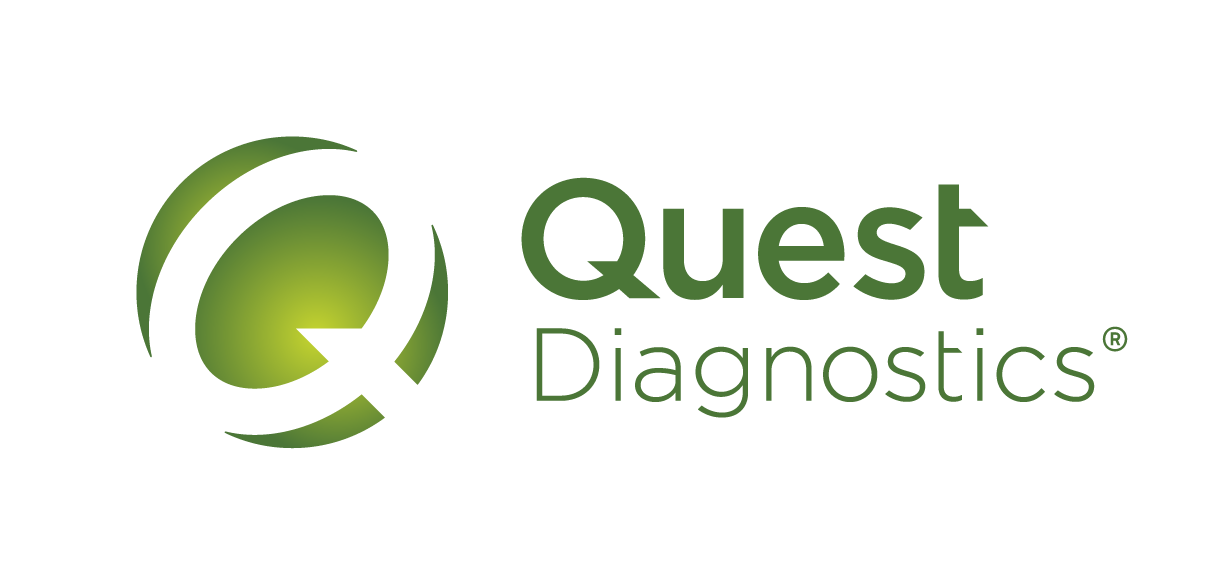It may be counterintuitive, but at Green Room, we don’t believe every client requires a full-service PR agency to fulfill their communication needs. Why do we say this? Let us explain.
Have you ever been in a situation where you need support and immediately turn to an agency?
Need help? Call your agency partner. After all, they have the deep communications expertise you need. That instinct is spot on. But before you pick up the phone, take a moment and ask yourself do I really need an agency?
Upon second thought, perhaps you need a deep subject matter expert to join your team for a short time or to consult with periodically. Or, maybe you may need an extra set of hands, a strong writer, on your team to drive a product launch or to project manage your next town hall, or you want to secure coverage for a team member going out on medical leave. Or maybe you have a project that requires support, but the headcount is not yet approved. We see situations like these all the time.
At Green Room, we believe clients require a customized solution for these communications challenges. We provide flexible staffing solutions with high-touch service and deep communications expertise you expect from an agency.
This is why we created Green Room Staffing Solutions.
Green Room Staffing Solutions sources and staffs industry experts who align with client needs. With a network of more than 300 consultants, Green Room provides communication support across product comms, internal comms, marketing comms, digital marketing, change management, issues management, social media, media relations, advocacy, design and creative and everything in between. Our consultants are deeply experienced communications and marketing experts who can jump in and immediately make a difference on your team.
We fill long and short term roles, as well as on-site or remote roles. Since we are also a full-service agency, we can grow and evolve with you, if needed. Our consultants also have the ability to pull in subject matter experts or design support, as needed as well, which is unique when hiring a consultant.
If you have a current communications need and would like a thought partner to talk it through, reach out, and let’s chat!
















